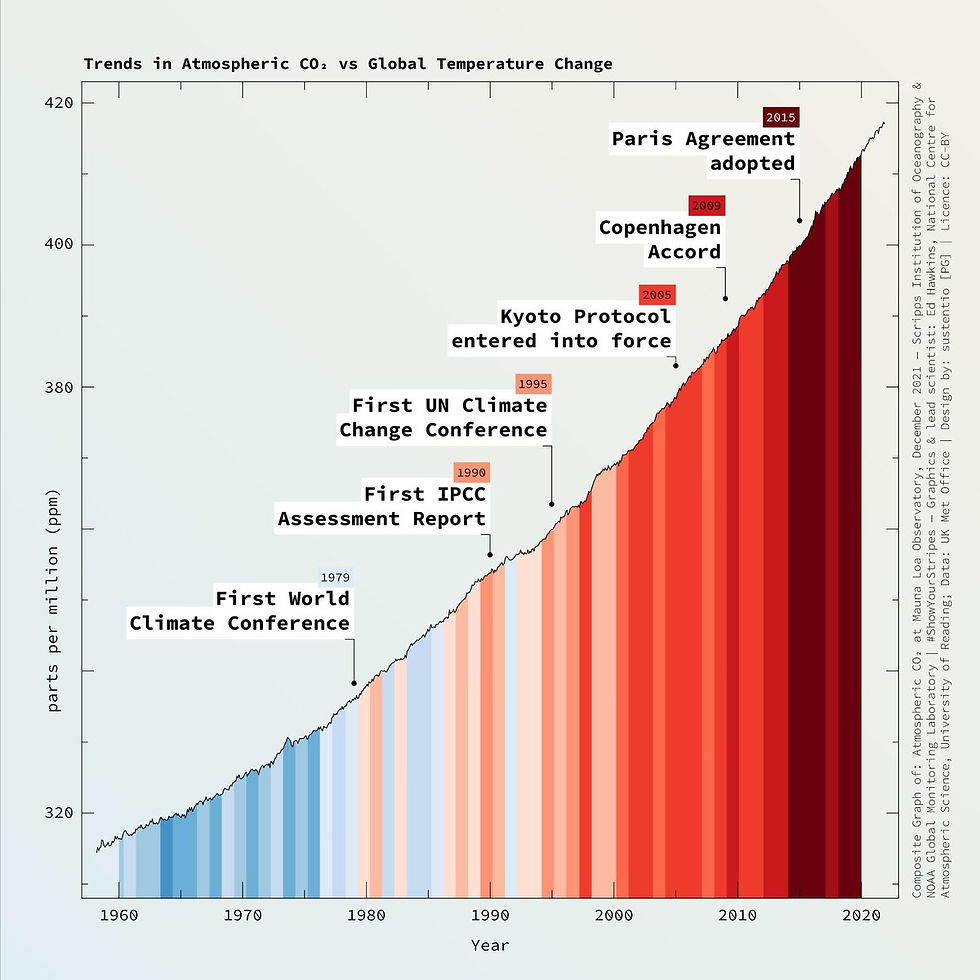Gas-powered Landscaping Equipment
- Edgewater Environmental Coalition
- Jun 19, 2022
- 3 min read
Updated: Jan 11, 2024
It’s no secret that Americans are obsessed with lawns and their care, and Chicagoans are no exception. For better or worse, a homeowner’s lawn signals their status in relationship to the community. Green lawns are physical manifestation of “success” — at least, according to the 20th-century American Dream determined by 18th-century European elites. Because lawns require a lot of resources and maintenance to stay green (that’s the point, after all!), they incur environmental harm in the form of high water usage, pollution, and the displacement of native habitats with ecological “dead zones”. These harms are even more significant when viewed in the aggregate: there are more than 40 million acres of turf grass in the United States alone!

Setting aside the demands of time, money, and resources, one aspect of lawn maintenance is particularly harmful: the use of gas-powered landscaping equipment for mowing, trimming, and blowing. According to the EPA, Americans use 800 million gallons of gasoline to power these tools, and spill an additional 17 million gallons in the process every year. The combustion of fossil fuels produce carbon dioxide (CO2), directly contributing to global climate change. Gas-powered equipment also emits high levels of localized air pollutants, including benzene, formaldehyde, ozone-forming nitrogen oxide, volatile organic compounds, and fine particulate matter (PM). These pollutants are known to cause or contribute to cancer, asthma, heart attack, and early death; they pose an acute health risk for landscapers, as well as anyone in their vicinity. Collectively, the emissions from lawn and garden equipment represent 30–40% of all non-road emissions in the country.
Many equipment models use archaic two-stroke engines that burn a mixture of oil and gas, which exhaust a large portion of it unburned as toxic aerosols. Such engines are inexpensive to manufacture and have a higher power-to-weight ratio than modern (four-stroke) engines, but at the cost of lower efficiency and higher emissions, especially PM2.5.
A 2011 experiment compared the emissions of gas-powered leaf blowers to a 6200-pound Ford F-150 truck. The 4-stroke model emitted 13 times as much carbon monoxide (CO) and 36 times as much hydrocarbons as the F-150, while the 2-stroke fared even worse with 23x the CO and 300x (!!!) the hydrocarbons. In other words, using a 2-stroke, gas-powered leaf blower for 30 minutes produces as much pollution as driving a Ford F-150 from Texas to Alaska. Yikes!

And then, there’s the noise! Gas-powered mowers range from 80 to 90 decibels, while leaf blowers can produce upwards of 100 decibels — almost as loud as a rock concert! Scientists have shown that gas-powered leaf blowers produce lower-frequency noise, which travel farther through a neighborhood and deeper into homes than higher pitches. This is a nuisance for sure, but it’s also a public health issue. Noise pollution is known to cause stress, tinnitus, sleep disturbance, cardiovascular disease, cognitive decline, and hearing loss. Gas-powered landscaping equipment - leaf blowers in particular - are amongst the worst contributors to noise pollution in communities like Edgewater. It’s important to note that both permanent and cumulative hearing damage is caused by prolonged exposure to noise of ~85 decibels and higher. As a result, landscapers take the brunt of the damage, though anyone within earshot suffers.
Given the harmful contributions to local air quality and noise pollution, many communities have been passing restrictions or outright bans on gas-powered landscaping equipment. Washington, DC has banned the use and sale of gas-powered leaf blowers since January 2022 ( the strategy that activists took in securing the ban was a solid template for other groups to follow). Notably, the state of California will require that all new small-engine landscaping equipment be zero-emission by around 2024, effectively banning gas-powered models. Closer to home, the Evanston City Council approved a phase-out of gas-powered leaf blowers by April 2023, and several other municipalities in Illinois have seasonal bans to at least contain the damage. A state-wide ban was proposed in the Illinois Senate in 2020, but it went nowhere.
In the absence of a local ordinance or state law, individuals can and should take action to reduce their exposure to these harmful tools. The law applies when buying your own equipment or hiring a landscaping company. An easy fix is to replace gas-powered equipment with electric equivalents, which are zero-emission, significantly quieter, and require lower maintenance. Even better, use 'people-powered' rakes, mowers, and clippers when landscaping — the benefits include zero noise pollution and a good workout! You can also choose to landscape less often and/or less intensively. For example, mowing only when the grass gets tall (or not at all, as in No Mow May), and mulching leaves rather than forcibly blowing them away.
Although gas-powered landscaping equipment may seem inescapable for landscaping, the growing movement of individuals and communities advocating for the decline of their use prove that there is cleaner-and-quieter, better way.


1111
111
kk
1
HI